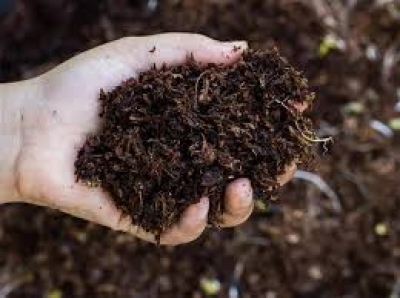Mumbai, November 16th : .In FY22, higher fertiliser prices and a shortage of Di-Ammonium phosphate (DAP), are expected to lead to lower fertiliser usage, India Ratings & Research stated. This would result in consumers switching to either single super phosphate (SSP) or nitrogen, phosphorus and potassium (NPK) compounds as alternatives.Consumers could choose to switch to single superphosphate (SSP), or nitrogen,phosphorus, and potassium (NPK), as an alternative.
“However, the decline in DAP usage could be lower than that seen historically, as the government had increased the subsidy amount considerably in May 2021 and then again in October 2021 to counter the impact of high prices.However, DAP use could decline more than it has historically been, since the government increased subsidy amounts in May 2021, and again in October 2021, to offset the high price rises.
“Players with backward integration in DAP manufacturing would reap higher benefits than those without it, as the spread between rock phosphate and phosphoric acid (a key input in manufacturing DAP) remains strong,” Ind-Ra said.Ind-Ra stated that players with DAP manufacturing backward integration would see greater benefits than others.
This is because the spread of rock phosphate (a crucial input to manufacturing DAP), remains strong.
According to the ratings agency, if the trend of higher fertiliser prices are to continue, either the support from the government might be further increased or the retail prices to farmers would have to be increased by the industry.
The ratings agency said that if higher fertilizer prices continue to trend, the government support might be extended or farmers’ retail prices would need to rise if this happens.The latter is likely to result in DAP demand declining more, it said.
According to the agency, this would likely lead to a decrease in DAP demand.
“International fertiliser prices have increased by 80 per cent YoY on the back of higher phosphorus prices, export ban on fertilisers and raw materials by China and higher energy prices,” it said.
It stated that international fertiliser prices rose by 80 percent YoY due to higher phosphorus and China’s export ban on fertilizers and raw materials, as well as higher energy prices.
In domestic markets, prices of DAP remained unchanged even though the government had increased the subsidy multifold, the ratings agency said.
According to the rating agency, domestic prices for DAP were stable despite the fact that the government increased subsidy multiple times.
Ind-Ra said the Centre has asked fertiliser companies to remain considerate of the price hikes and has clarified that further subsidy increases could be difficult to come by till March 2022.
Ind-Ra stated that the Centre had asked fertilizer companies to be mindful of price increases and clarified that it could prove difficult for further subsidies to arrive until March 2022.
“Thus, if the prices of DAP are to further inch up, there exists limited room with the players.
The players have very little room if DAP prices continue to rise.Hence, the players could look at lowering imports if the margins on such trading sales are not remunerative or they could look at alternatives such as NPK or SSP,” it added.
The players might consider lowering their imports, if they feel the trading margins are too low.They could also look into alternatives like NPK and SSP.” it said.
animesh-rv/sn/arm #shortages #usage #IndRa #Mumbai
.







